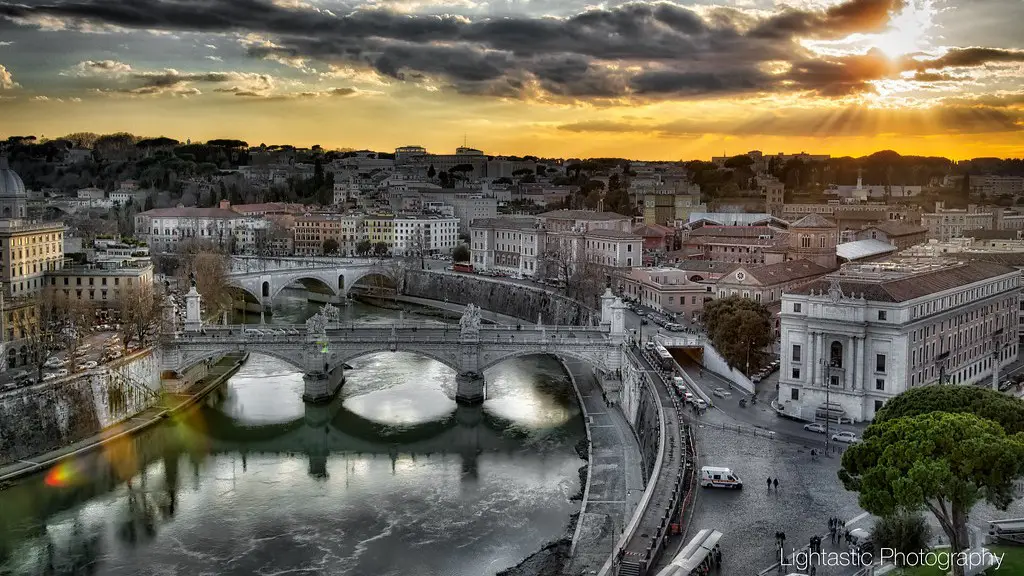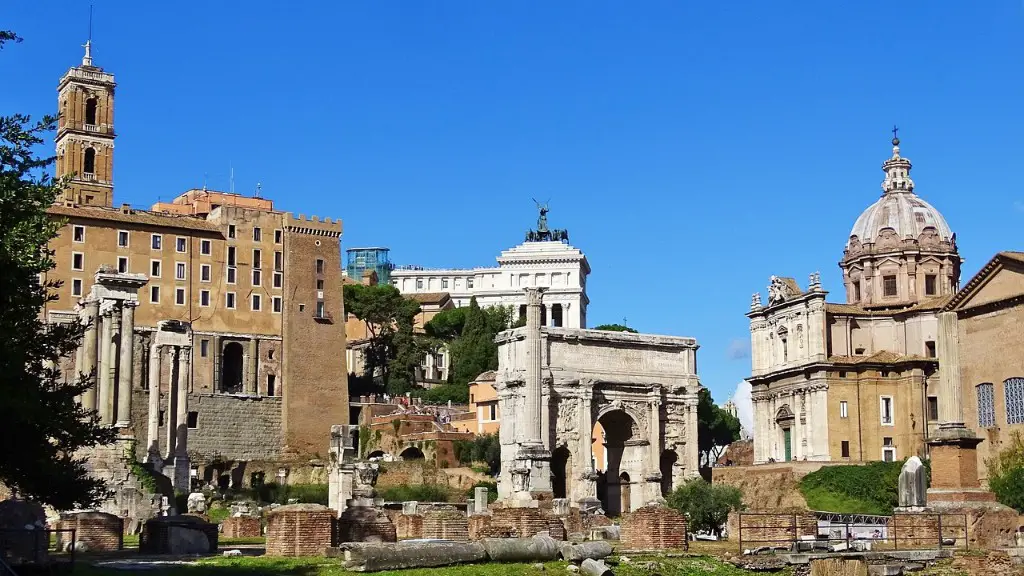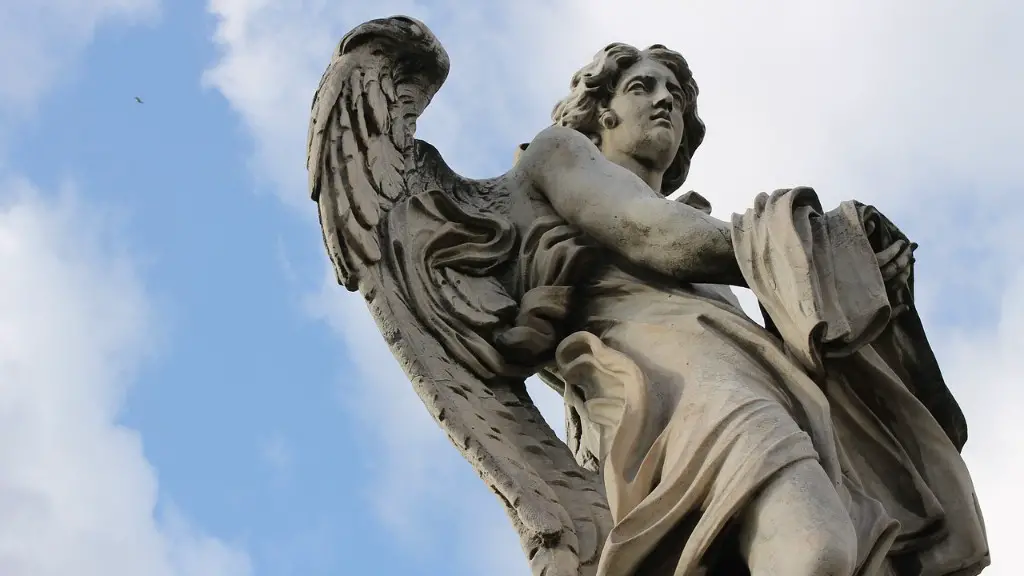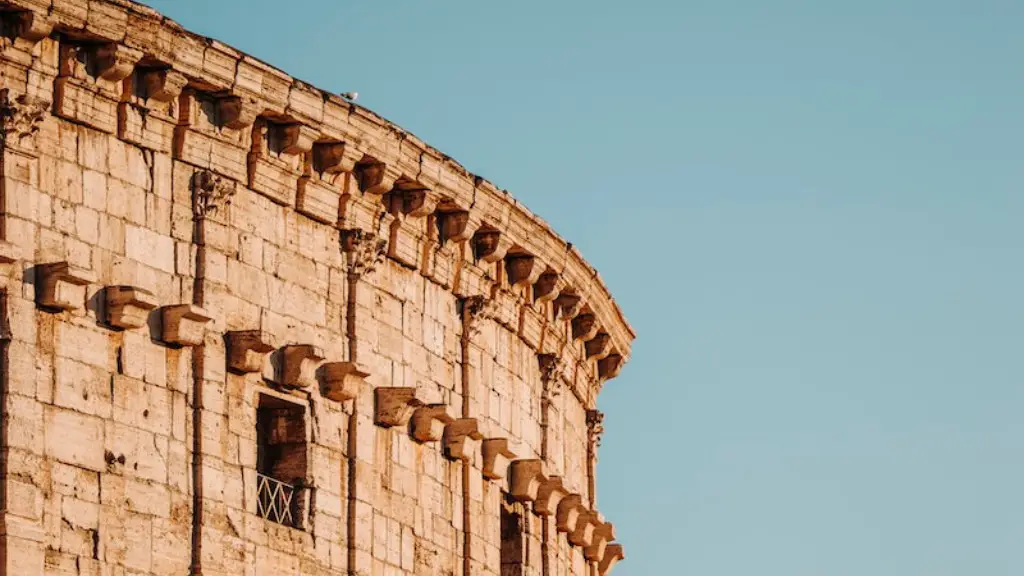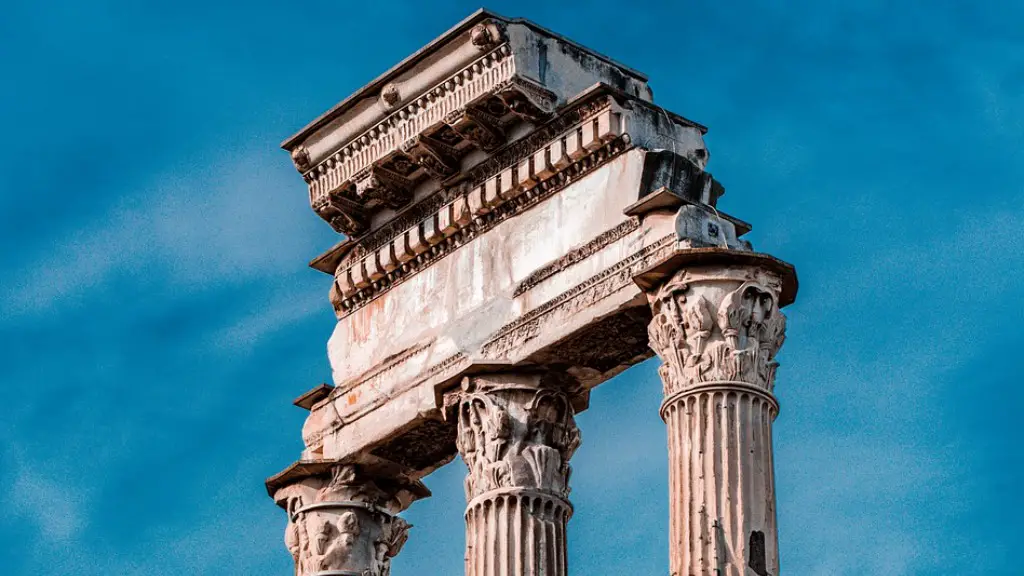The rich in ancient Rome lived a life of luxury and ease. They owned large estates, employed hundreds of slaves, and held immense power and influence. While the average Roman lived in squalor and poverty, the rich enjoyed a life of privilege and comfort.
The wealthy class in ancient Rome was known as the “patrician class.” This class consisted of the rich landowners and business owners. They held all the power in Roman society and lived in luxury. The average person in ancient Rome was very poor by today’s standards, and the patrician class held all the power.
What class was the wealthiest in Rome?
The patricians were the wealthy upper class people in the early Roman Empire. Everyone else was considered a plebeian. The patricians were the ruling class of the early Roman Empire. Only certain families were part of the patrician class and you had to be born a patrician.
The upper classes and elite in ancient Rome were made up of landowners, military officers, government officials and administrators, and wealthy soldier-landowners who were similar to medieval knights. Together they made up less than 1 percent of the population. The upper classes had a lot of power and privilege, and they enjoyed a lifestyle that was very different from that of the majority of the population.
The ancient Roman class structure was very formal and based on official records. Wealth was not always the determining factor in someone’s social class. There were three main divisions in Roman society: citizens, noncitizens and slaves.
The Conflict of the Orders was a period of time in Ancient Rome where there was a struggle between the Patricians and the Plebeians. This conflict ended with Roman society being defined by five social classes: Patricians, Equites, Plebeians, Freedmen, and Slaves. Each class had its own distinct rights and privileges, and the conflict between the two groups was largely resolved.
What were the 2 highest classes in Rome?
The two main social orders in ancient Rome were the patricians and the plebeians. The two were in a political struggle lasting for more than 200 years. In the beginning, the patricians were supposed to have enjoyed a monopoly of power, while the plebeians began with nothing except the right to vote in the assemblies. As the plebeians became more numerous and wealthy, they began to demand a share in the government. After a long and hard-fought struggle, they finally won the right to hold office and to have a voice in the Roman Senate.
The Roman Republic did not have a middle class, but it did have slaves, freedmen, and foreigners who filled the gap. Greeks were the largest group of foreigners in Rome.
What were rich people called in Rome?
Aristocracy means rule by the best. In early Rome, the aristocracy were the patricians, the wealthier class who held the highest positions in government. The two consuls, or leaders, ruled the Roman Republic. The aristocracy dominated early Rome because they had the most power and wealth.
Some of the most famous family names in Italy are Farnese, Borghese, Colonna, Orsini, Della Rovere, Doria-Pamphilj, Barberini, and Chigi. These families have been influential in Italian politics, society, and culture for centuries.
What is patrician vs plebeian
The upper class in Rome were the patricians, while the lower class were the plebeians. The two groups were very separated in terms of lifestyle and opportunity. The patricians had much more wealth and power than the plebeians. For example, the patricians could only marry people from their same social class, while the plebeians could marry anyone.
Patricians were considered the upper-class in early Roman society. They controlled the best land and made up the majority of the Roman senate.
It is clear that at any time in Roman history, individuals knew which social class they belonged to. In some cases, they were born into that class, while in others, their wealth or the wealth of their families ensured their membership. However, it is worth noting that while social class was a clear and important distinction in Roman society, it was not necessarily static. Individual Romans could move up or down the social ladder based on their own actions or the actions of their families.
Plebeians were the common people of Rome who were not members of the patrician class. They were the average working citizens who worked hard to support their families and pay their taxes.
What were the ranks in Rome
The Roman legion was a military unit consisting of several cohorts of soldiers. The three main categories of ranks in the legion were centurions, tribunes, and prefects.
Centurions were responsible for a century of troops, tribunes and prefects oversaw either one or two cohorts, and the legate was the overarching commander of the legion.
Plebeians were allowed to own slaves, but women had little power except for in the household, where they managed the daily chores and upkeep. Roman plebeians made up the largest and poorest social class.
How did middle class Romans live?
The domus were built from stone, wattle and mud bricks and served as family homes with several rooms. The central courtyard or atrium was the focal point of the house and served as a living room. The middle classes could afford these houses, which made their lives more comfortable.
Ancient Rome was made up of a structure called a social hierarchy, or division of people into differently-ranked groups depending on their jobs and family. The emperor was at the top of this structure, followed by the wealthy landowners, the common people, and the slaves (who were the lowest class).
Warp Up
The rich were in the class of patricians.
The class system in ancient Rome was based on two principles: social status and wealth. The upper class consisted of the patricians, who were the wealthy landowners, and the senatorial class, who were the wealthier business owners. The lower class consisted of the plebeians, who were the poorer farmers and laborers.
